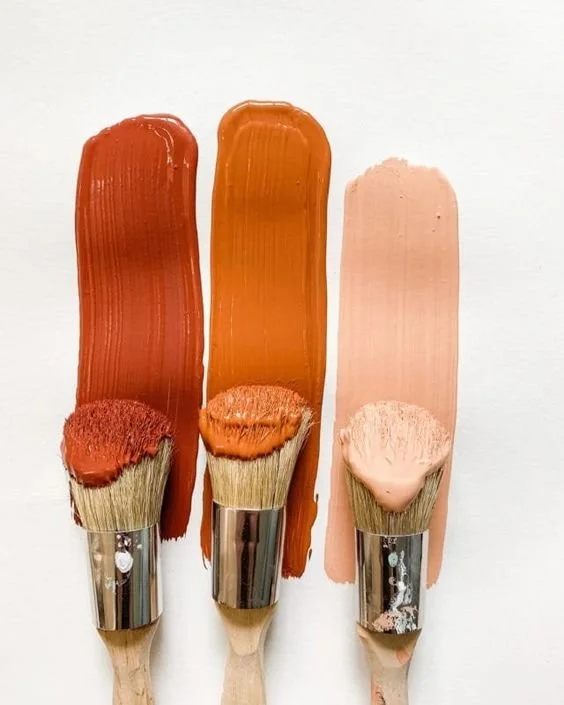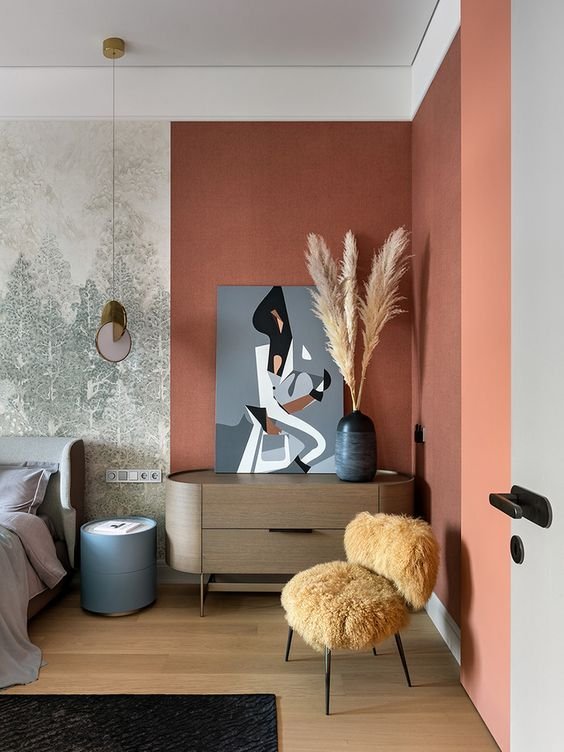How to Choose a Colour Scheme for your Home
A cohesive colour scheme is the trick to making a space feel welcoming and relaxing whilst still having its own personality. Taking the time to carefully consider on a colour scheme before designing your home’s interior will create a sense of flow throughout each room as well as allowing each space to fulfil its purpose.
Deciding on a scheme may seem overwhelming, but our guide below will help break this down into smaller steps that will help you achieve and enjoy the process…
How do you want the space to feel?
Before you begin looking at your colour scheme, it’s important to decide what atmosphere you want to achieve within your space. Do you want somewhere vibrant and uplifting, or somewhere more pared-back and relaxed?
When it comes to individual rooms or spaces, decide what you need each space to offer.
For example, a dark interior with soft lighting is best suited to living areas or bedrooms, where their purpose is to help you wind down.
On the other hand, a bright and invigorating interior is better suited to a home office where you need to feel inspired and focused.
Consider natural light
Natural light plays a huge factor in how your room looks and feels – as well as having a huge impact on colours.
North-facing rooms won’t see as much sunlight, so opting for lighter colours with warmer undertones will stop the space feeling dark and cold.
Consider what time of day your room sees the most natural light, too.
Morning sunlight tends to be bright and clear, turning more golden and red-toned into the afternoon and evening. This can completely change how a colour both looks and feels within your space.
Fixed elements
When it comes to any interior design, planning around your existing features or elements is a crucial step.
As an example, if you are keeping any existing flooring or statement furniture pieces, these should act as the starting blocks for your design.
Pick out any neutral or background shades from these elements to use as the base of your interior’s colour palette. From here, pick out any accent colours or patterns to inspire the rest of the furniture or accessories within the space.
This ensures every element within your chosen colour palette works together and feels considered and cohesive. It's important to consider texture and materials here also, as these will also influence your colour palette.
If you have a lovely warm-toned wood floor, you’ll want to pick a paint palette that matches and compliments the tones within this.
With any good design, the foundations and architecture of the space should guide your colour direction.
Your personal style
While it can be tempting to follow current trends, it’s important that your home reflects your personal style.
Your colour palette should reflect you; the colours you like and that make you feel your best! If you’re unsure what colours these are for you, take a look at inspiration material such as interior magazines or social media apps such as Pinterest or Instagram.
Save or highlight images that you love and eventually you’ll be able to pick out similarities between the images to show which colours and styles you are naturally drawn to.
If you have a specific interior style you are most drawn to, this can also help influence your chosen colour palette.
Scandinavian and Japandi interiors embrace a more pared-back neutral palette with earthy tones, while 70’s inspired architecture is well-suited to a bolder palette of warm reds and rich yellows.
Create a colour balance
Now you’ve got an idea of which colours you’d like to use within your palette, how to you make them work together?
There are 3 ways to creating colour harmony:
Monochromatic colour schemes use the same colour in varying shades, for example a pale blue with a darker hue of the same shade. The effect of this is very calming, perfect for home offices or bedrooms.
Analogues colour schemes use colours that are directly next to each other on the colour wheel, offering a more energised feel that is perfect for those wanting a bolder home.
Complimentary colour schemes involve colours that are opposite each other on the colour wheel – another bold option that adds an invigorating feel to a space.
These colour schemes work best in small doses so they don’t overwhelm a space.
Choosing colours with the same undertones will ensure your palette is easy on the eye and still flows well from room to room. It’s important to remember your colour palette isn’t just the paint on the walls.
Everything from your textiles, furnishings and even lighting will play a key role in your palette.
Love what you see but not sure how to recreate the look in your own space? Get in touch with our interior design team today.





